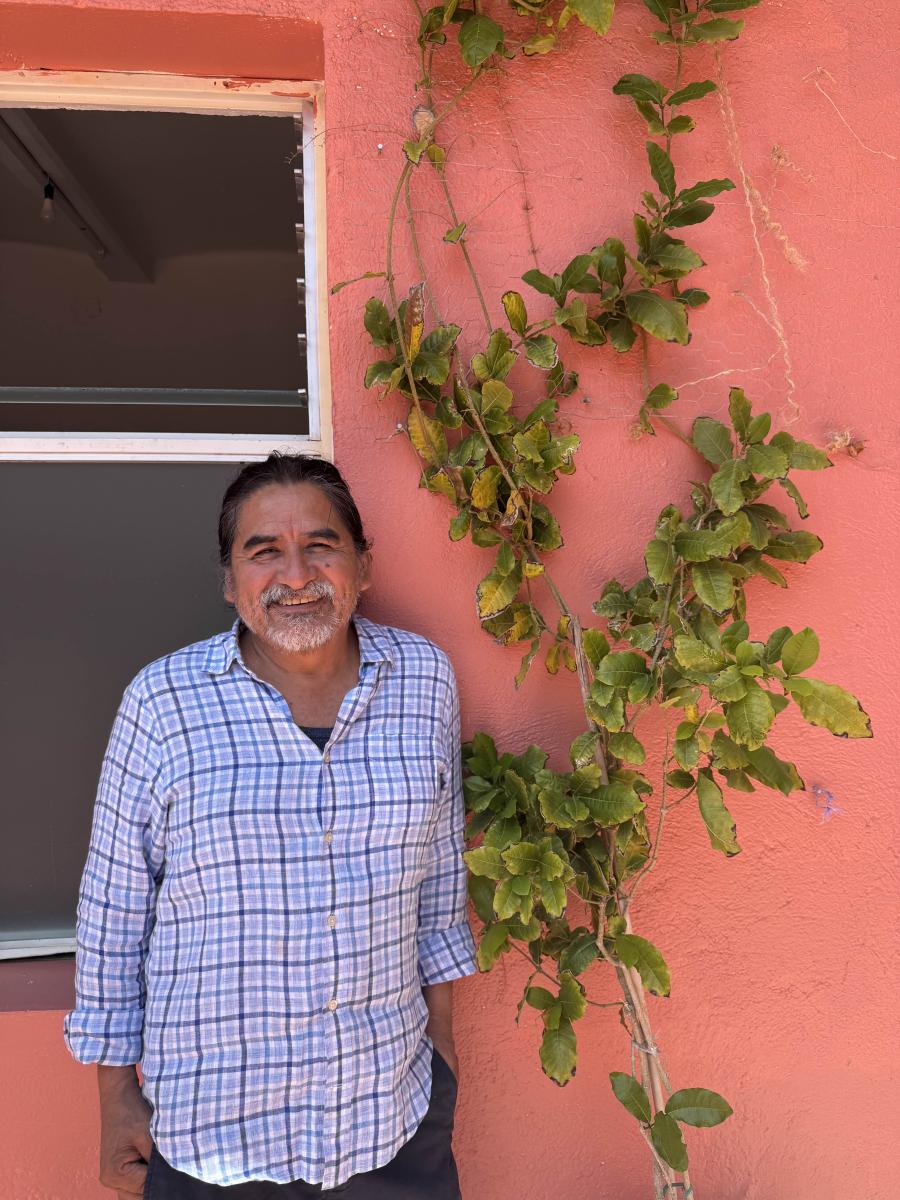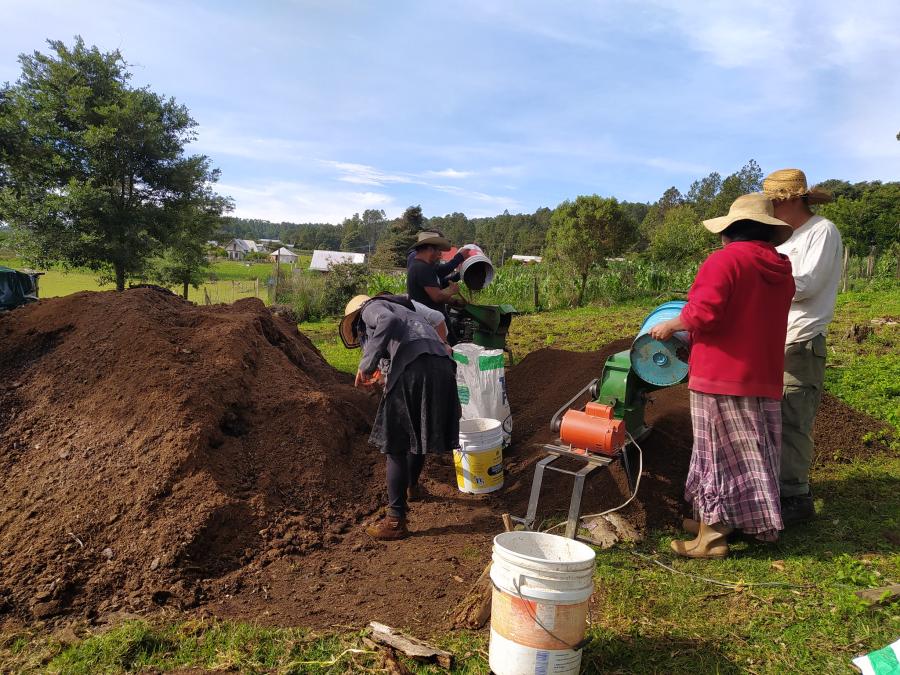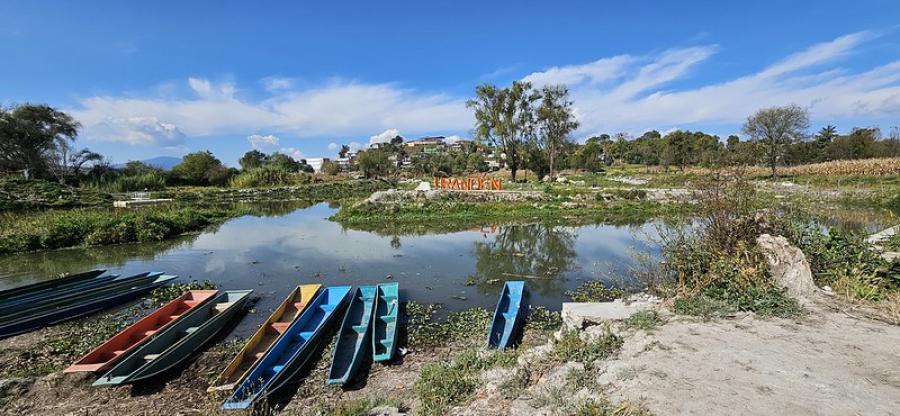The Zapatista Army of National Liberation (EZLN), an indigenous movement based in Chiapas, Mexico, released a new mission statement on July 1, resolving to increase the group's political activity to fight for the rights of the nation's poor and indigenous peoples.
The Sixth Declaration of the Selva Lacandona, released by the group in three communiquéés during the final week of June, affirming, "What we are going to do in Mexico and in the world, we are going to do without arms, with a civil and peaceful movement, and without neglecting or ceasing to support our communities."
The declaration stated the EZLN will form new relationships with international groups "resisting and struggling against Neoliberalism." It also outlined a plan for working domestically, saying they would expand their fight for the indigenous peoples of Mexico to include all who are "exploited and dispossessed."
The EZLN plans to build a national campaign against oppression, rebuild the political process to better serve poor communities, and struggle to write a new constitution that recognizes "the rights and liberties of the people, and which defends the weak in the face of the powerful."
"It is time that the EZLN amplifies its ties because if it stays with the indigenous fight, it would not be able to attain what its own name says: national liberation," Amaranta Cornejo, an employee of the Chiapas Media Project, said in an e-mail from Chiapas. "With this [becoming a political organization] they are risking a lot—they run the risk of losing support—but I believe they could also win more sincere supporters."
Guillermo de la Peña, a Professor of Anthropology at the Center of Research and Superior Studies in Social Anthropology in Guadalajara, Mexico, said in an e-mail, that although the indigenous issues in Mexico have declined recently, "It would be regrettable if the EZLN puts its ethnic banners aside in favor of a discourse which simply attacks 'neoliberalism' and 'globalization'."
The EZLN first took action New Year’s Day, 1994 when they coordinated an armed uprising throughout the province of Chiapas. The rebellion coincided with the implementation of North American Free Trade Agreement, a trade agreement they believed threatened indigenous ways of life because of increasing pressures of globalization. After two-weeks of violence, the group signed a tenuous cease-fire with the Mexican government, agreeing to seek greater autonomy through peaceful means.
On February 16, 1996, the EZLN and the Mexican government signed the first phase of the San Andrés Accords, an agreement addressing indigenous rights and autonomy. In the months following the signing, not only did the government not fulfill the agreed-upon provisions, but also infiltrated the area with government troops, culminating with a massacre in Acetal on December 22, 1997, in which 45 EZLN members were killed.
"This immense crime was not so easily forgotten, and it was a demonstration of how the bad governments color their hearts in order to attack and assassinate those who rebel against injustices," the EZLN stated in the declaration.
In response to a question regarding the effects of the shift in EZLN strategy, Mario Prado, an editor for Diario de Chiapas, said in a phone interview, "An armed group is now a movement, but there is nothing concrete right now."
Peña agreed with Prado. He said, "The intentions expressed in the Sixth Declaration resemble those in the First Declaration of 1994, in the sense that they try to organize a national movement—not concerned specifically with the indigenous population—except that now Marcos [the EZLN figurehead] is not talking of war or armed actions."
Prado, who works in the capital of Chiapas, far from the EZLN communities, admitted there are discrepancies between life in the capital and life in the country-side and conceded that while a few rebels may be violent, the majority are simply fighting for equality.
The EZLN hopes to form alliances with other groups who are fighting the pressures of the capitalist system and aid those groups in their struggle. In the declaration, the EZLN offered to give Cuba corn and oil to combat the United States’ trade embargo.
Peña believes the EZLN is attempting to change its image to one of a "radical but peaceful actor" who achieves change through politics, but not as a party. "But it's also true that the EZLN is actually losing ground within Chiapas … In that sense, to expand their civil activities outside Chiapas, in alliance with sympathizers, will give the Zapatistas fresh air."
Cornejo believes the timing of the declaration is significant—one year before the Mexican federal elections and only weeks before official campaigning begins. "It is the time that we, the people, organize and see if we really want to continue with the party system."
The EZLN began releasing statements shortly after issuing a "red alert" on June 21, raising suspicions among local community members about what was to come. Speculations as to why the leadership of the EZLN issued the "red alert," include an increased military presence in the region, government anti-narcotic operations in the state, and the desire to amass all members prior to making the declaration.
When President Vincente Fox took office in 2000, he stated he would resolve the EZLN conflict in "fifteen minutes," but since its climax in 2001, when the national congress passed a weakened version an indigenous-rights bill issue that the EZLN rejected, indigenous issues have lost momentum.



